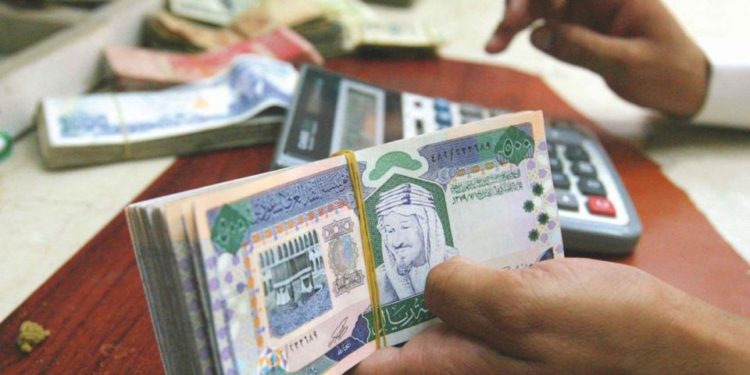Despite its Wealth, Saudi Drowns in Loans

Saudi Arabia has wasted the kingdom’s vast wealth with corruption, wars, and conspiracies, and has begun to flood the kingdom with loans after issuing Euro-denominated bonds in a precedent that is the first of its kind.
Saudi Arabia’s finance ministry said it had issued the first euro-denominated international bond offering worth 3 billion euros ($ 3.36 billion).
According to the ministry’s statement, the Saudi issue is distributed in euro on two tranches, the first tranche of 1 billion euros ($ 1.12 billion) for eight years maturing in 2017.
While the second tranche of two billion euros (2024 billion dollars) for 20 years due in 2019. Saudi plans to issue bonds worth 120 billion riyals (32 billion dollars) in 2019, to help finance the budget deficit.
Saudi has announced the largest budget in its history in 2019, spending $ 295 billion, against $ 260 billion in revenues, with a projected deficit of $ 35 billion, or 4.2 percent of GDP.
Saudi issued international bonds for the first time in 2016, as part of an economic reform policy to diversify sources of income away from oil.
Saudi is aiming to raise 3 billion euros in its first issue of euro-denominated bonds seeking to tap new funding sources to meet its budget needs.
The kingdom is seeking new sources of financing to cover its budget needs as oil prices fall.
Saudi has borrowed about $ 60 billion in international bonds since it first began global debt markets in late 2016, making the kingdom one of the largest debt exporters in emerging markets.
The country’s first entry into the euro-denominated debt market, the first of its kind for a Gulf government, will allow it to deal with different investors at different times.
The yield on 8-year bonds contracted end at 80 basis points above the average fixed and variable interest rates, while the 20-year bonds returned a return of 140 basis points above this benchmark.
Saudi Arabia has set the interest rate on bonds at € 8 billion for eight years at 0.782% and for a 20-year tranche of 2.0 billion euros for 20 years.
This means that the revenue shown in euros is much lower than the interest rates offered on the existing dollar bonds with the same maturity.
When compared with the euro issues for countries rated less than Saudi Arabia, such as Croatia, Saudi bonds carry a small premium.
For its part, the International Monetary Fund (IMF) expects the Saudi budget deficit this year to reach 7% of GDP, compared to expectations of the government at 4.2%.
According to the new budget for the current year 2019, Saudi Arabia expects the deficit to reach 131 billion riyals ($ 35 billion), representing about 4.2% of GDP.
The increase is mainly due to higher government spending, which Riyadh needs to support the economy and diversify its resources rather than relying on oil revenues, at the expense of increasing the kingdom’s financial exposure.
Geopolitical tensions in the Middle East have increased since the attack on two carriers at the entrance to the Gulf.
The United States blamed Iran for the attack, but Tehran denies any role.
In a statement issued in March, the Public Debt Management Office of the Saudi Ministry of Finance said the kingdom plans to issue 118 billion riyals ($ 31.5 billion) of debt instruments this year to help fund the budget deficit.
The Saudi public debt reached 568 billion riyals ($ 151.5 billion) at the end of last year, 2018.
The kingdom expects to increase public debt to 678 billion riyals ($ 180 billion) in 2019, representing 21.7 percent of GDP.





